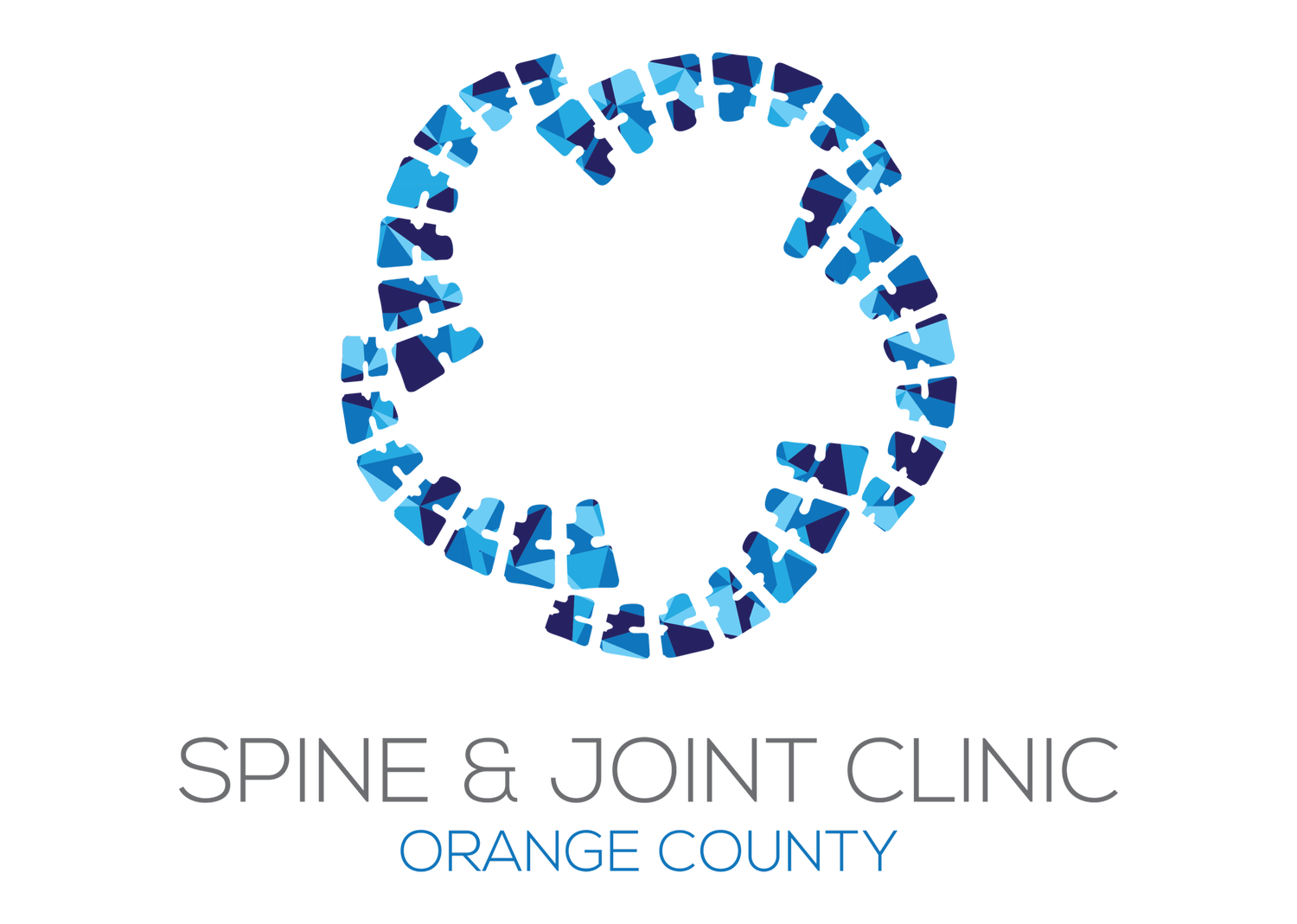
SAFE & EFFECTIVE
SAFETY
Manual therapies including spinal manipulation are generally safe. Side effects tend to be benign: minor and self-limiting with short duration (eg, mild post-manipulation soreness). Severe complications have been associated with spinal manipulation but are extremely rare.
Spinal adjustments are designed to achieve four objectives:
1) reduction of pain
2) reduction of muscle spasms
3) reduction of joint hypomobility
4) reduction of articular soft tissue inflexibility
EFFECTIVE
RESEARCH REVEALS EFFECTIVENESS FOR VARIOUS MUSCULOSKELTAL CONDITIONS
Low Back
Spinal manipulation is an effective care option for acute, subacute, and chronic low back pain. Notably, these finding were based, in part, on the clinical practice guidelines developed for the American Pain Society and the American College of Physicians.
Neck
Spinal manipulation was found to be effective for acute and subacute neck pain.
Midback
Studies have demonstrated favorable outcomes for the use of throracic spinal manipulation for midback pain. Thoracic spinal manipulation has been shown to be efficacious for the care of neck pain.
Headaches
Spinal manipulation is an effective option for migraine and cervicogenic headaches.
Extremities
Effectiveness was found for shoulder girdle pain, adhesive capsulitis, lateral epicondylitis, hip and knee osteoarthritis, patellofemoral pain syndrome, and plantar fasciitis.
